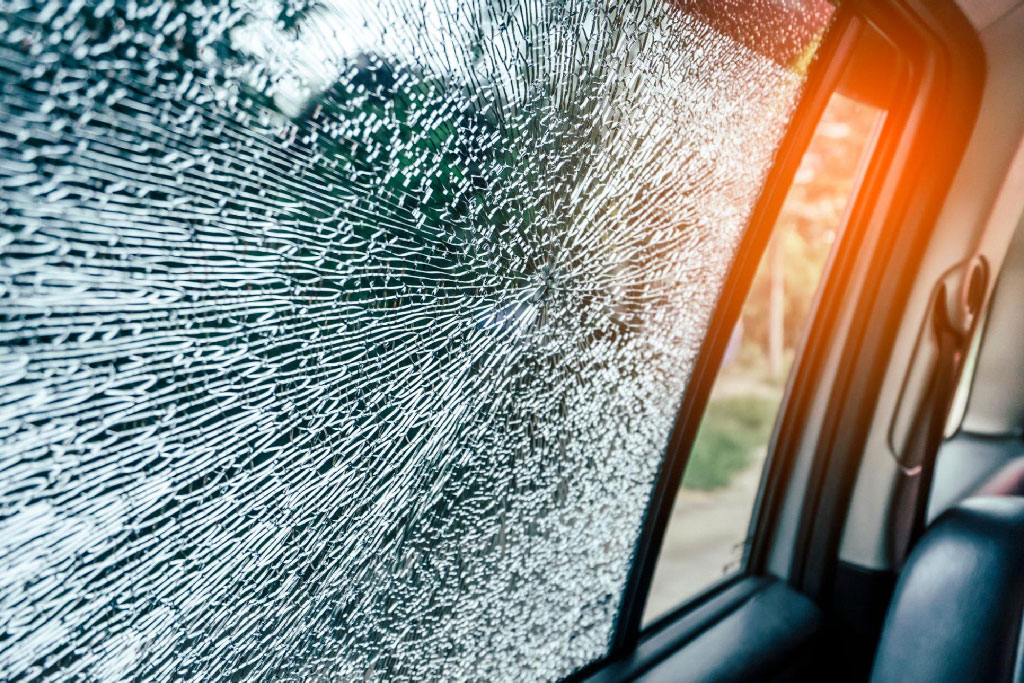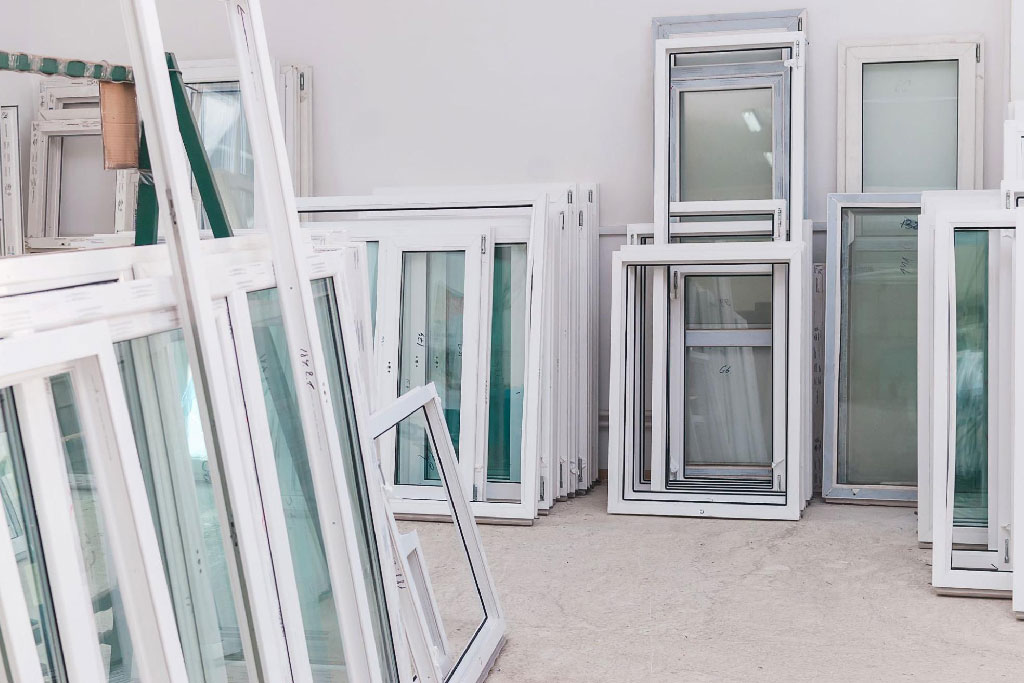The Ultimate Guide to Safety Glass and its Applications
Feb 23 2022 Posted By Ontario Window Reviews

Safety glass is a term for modern sheets of glass that are designed to lessen the likelihood of injuries if the glass breaks. This is the minimum requirement for safety glass.
The difference between safety glass and common window glass is that when it breaks, it shatters into large cutting shards. This kind of glass is called annealed glass which is also known as float glass or ordinary glass.
In this article, we talk about what safety glass is, the different kinds of safety glass available, and more.
Let’s get started!

What Are the Major Types of Safety Glass?
When considering the different types of safety glass they usually differ in the following areas:
- Their design
- How they break
- Their level of strength
- Their common applications
The major types of safety glass are:
In the next sections, we’ll talk about the above types of safety glass in detail.

Tempered Glass
| Tempered Glass | |
|---|---|
| Main benefits: |
|
| How this glass breaks: | Breaks into much smaller pieces |
| Applications |
|
Tempered glass is a type of safety glass that has been put through a series of chemical and thermal treatments to increase the strength of the glass. Tempered glass is around four times stronger than annealed glass. Tempered glass is also stronger against impact than laminated glass. For this reason, tempered glass is also known as “toughened glass.”
Another benefit that this safety glass offers is a relatively safer pattern of breaking. Instead of breaking into large cutting jagged pieces, tempered glass breaks into smaller pieces. These small glass pieces, however, can still produce small cuts when handled directly but they are not equivalent to the injuries that ordinary glass shards can cause.
The final and often overlooked benefit of tempered glass is its heat resistance. Tempered glass is up to five times more resistant to heat than ordinary glass. This means that tempered glass is relatively safer in case of fire.
Laminated Glass
| Laminated Glass | |
|---|---|
| Main benefits: |
|
| How this glass breaks: | The glass pieces will stick together, forming a web-like crack pattern |
| Applications |
|
Laminated glass is a type of safety glass that’s produced by heating and bonding together glass sheets and PVB (polyvinyl butyral). Laminated glass can have two or more layers of glass. The design of laminated glass gives it added strength, as well as a safer pattern of breakage.
Laminated glass is stronger than annealed glass, and although tempered glass is arguably stronger than laminated glass when it comes to resisting impact, the unique way that laminated glass breaks can buy time when intruders are trying to get in.
When broken, laminated glass does not readily fall to pieces. Instead, the PVB layer will hold together the pieces of glass. Both the glass and the PVB layer are tough, meaning that though the glass is already broken, it will still stay in place until the PVB layer holding the glass is also broken through or ripped.
Tempered-Laminated Glass
| Tempered-Laminated Glass | |
|---|---|
| Main benefits: |
|
| How this glass breaks: | Small glass pieces will stick together once broken |
| Applications |
|
Tempered-laminated glass, as the name suggests, is a combination of tempered glass and laminated glass. This kind of glass offers the best of both worlds. The only downside is that this kind of glass is more expensive to manufacture. So far, the most common application for this type of glass is for the railings of staircases and skylights in buildings and luxury homes. Some car manufacturers are also switching to this kind of safety glass.
Polycarbonate Sheet
| Polycarbonate Sheet | |
|---|---|
| Main benefits: |
|
| How this “glass” breaks: | Considered virtually unbreakable |
| Applications |
|
Technically speaking, polycarbonate sheets are not “glass.” However, they can be used as an alternative to safety glass for certain applications. Polycarbonate sheets are up to 250 times stronger than glass. They also have flame retardant properties.
The main downside, however, when looking for windows with polycarbonate sheets, is that they are less clear than safety glass. They can also be dissolved by certain chemicals.
The Best Safety Glass for Homes
When considering which safety glass to choose for your home windows, it’s important to take a close look at the benefits of each safety glass and align these with your needs as a homeowner.
If considering the cost, polycarbonate is generally less expensive than glass. However, polycarbonate comes with its own set of weaknesses.
Therefore, the most common choices for home windows and doors are tempered glass and laminated glass. Laminated glass is more costly than tempered glass. But the protection from break-ins that laminated glass offers is a benefit that most homeowners are drawn to – even with the higher price point.
Get Reliable Home Windows That Are Made From Safety Glass
If you’re ready to get more secure windows for your home, the first step is to find a window company that you can trust.
By choosing from our list of customer-vetted and trusted window companies, you can quickly find the best windows for your home. Some companies offer windows with tempered glass while some also offer the option to switch to laminated glass.
Take the next step today with Ontario Window Reviews.
Recent Posts
Category
Archives
- December 2023
- November 2023
- October 2023
- September 2023
- July 2023
- June 2023
- May 2023
- February 2023
- January 2023
- December 2022
- October 2022
- September 2022
- August 2022
- July 2022
- June 2022
- May 2022
- April 2022
- March 2022
- February 2022
- January 2022
- December 2021
- November 2021
- October 2021
- September 2021
- August 2021
- July 2021
- June 2021
- May 2021
- April 2021
- February 2021
- January 2021
© 2023 Ontario Window Reviews - Windows & Door Companies. All Rights Reserved.

Leave A Reply